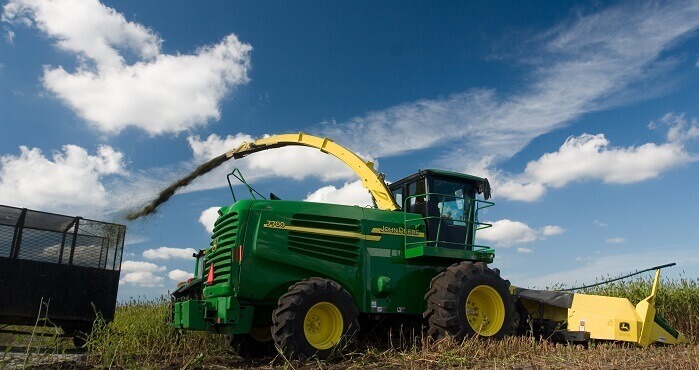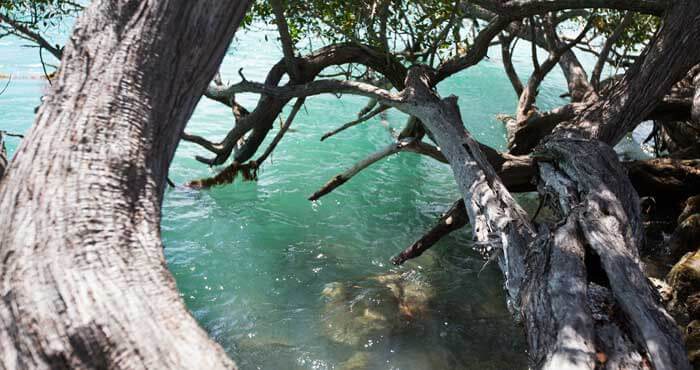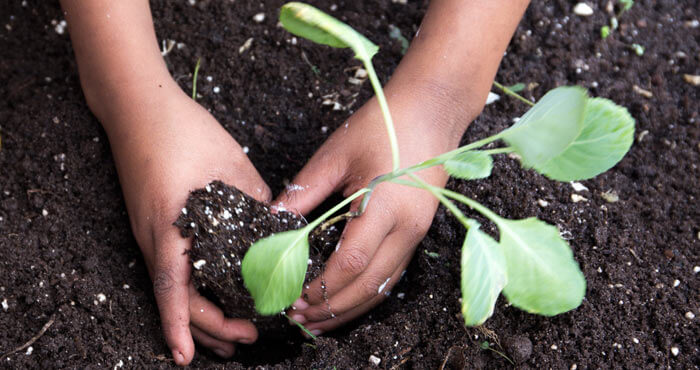
Aquaculture
The UF/IFAS Solutions for Your Life Aquaculture page provides information on aquatic crops, aquaculture equipment, business management, and many other topics. Please visit https://sfyl.ifas.ufl.edu/agriculture/aquaculture/ for detailed information concerning aquaculture that is not found on this page.
Recreational Ponds
Recreational ponds are a mainstay in rural Baker County. Ponds provide for recreational activities such as fishing and swimming, and many also provide water for livestock, water for irrigation, or aesthetic enhancement. Water quality in the pond can have an effect on any of these activities and it is important to make sure that the water quality in your pond is optimum.
Dissolved Oxygen
The amount of dissolved oxygen in the pond will have a direct effect on the health of any fish that are in the pond. Like all animals, fish need oxygen to survive and they use the dissolved oxygen in the water the same way as land animals use the oxygen in the air. A lack of dissolved oxygen is one of the most common causes of fish kills. It is important to note that as water gets warmer its ability to hold dissolved oxygen decreases. This can be very important during hot summer months with little to no rainfall. A majority of the dissolved oxygen in the pond will be produced by plant life within the pond. Having a few weeds in your pond is actually good for it. However, overgrowth of weeds in a pond can cause issues. If you believe that you need to apply herbicide to your pond, please come and talk with someone in Extension Office for recommendations. Dissolved oxygen in pond water is typically at its lowest point just before sunrise.
pH
The pH of water is the measure of its acidity. Pure water is said to be neutral and has a pH. of 7.0. Since many of the soils in Northeast Florida are acidic, ponds that are built on them will typically be acidic as well. Most freshwater fish can tolerate a pH level from 6.0 to 9.0. This is in the slightly acidic to slightly basic range. Like dissolved oxygen, pH levels will vary during the day with the typical low point being in the early morning and the high point in the late evening. Ponds that have a low pH can be treated with dolomitic or calcitic lime to increase the pH of the water.
Alkalinity
Pond water alkalinity is related to its pH. Alkalinity in a pond system refers to the water's ability to buffer changes in pH (given that the alkalinity is at the correct level). Feshwater ponds should have an alkalinity level of 100mg/L or higher, although most ponds in this area have a hard time reaching that level. It should be noted that it is not advisable to use copper-based treatments for weed control in ponds that have an alkalinity below 50mg/L.
Ammonia
High levels of toxic ammonia are another common cause of fish kills. High ammonia levels can also cause very rapid growth in aquatic plants, which can also cause problems. The main source of ammonia in ponds is via animal wastes, most commonly from the fish themselves. High ammonia levels are usually present when the pond is overstocked and/or the fish are being overfed. Fish feeding is recommended to take place no more than three (3) times per week. If your fish need more food than this, the pond is most likely overstocked. Ammonia levels should be 0.05mg/L or less in a healthy pond. Flushing the pond with well-aerated well water can also help to decrease the ammonia level. In this type of case, it is important to test the oxygen level of the water that is being used to flush the pond to make sure that overall oxygen levels are not being decreased.
There are many commercial water testing kits available for pond owners which will allow you to test the levels of oxygen, alkalinity, pH and ammonia. The Baker County Extension Office offers this service free of charge, but appointments for water testing are required.
Additional Information and Resources
Determining the Area and Volume of Your Pond (PDF download)
How to Take a Pond Water Sample (Video)
FDACS Triploid Grass Carp Permit
Baker County Extension Blog Site
Return to UF/IFAS Extension Baker County
CONTACT
UF/IFAS Extension Baker County
1025 W. Macclenny Ave.
Macclenny, FL 32063
904-259-3520






